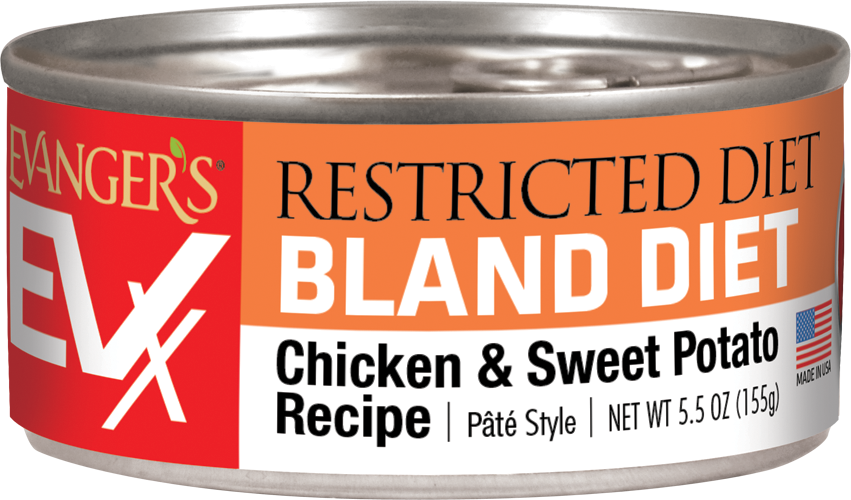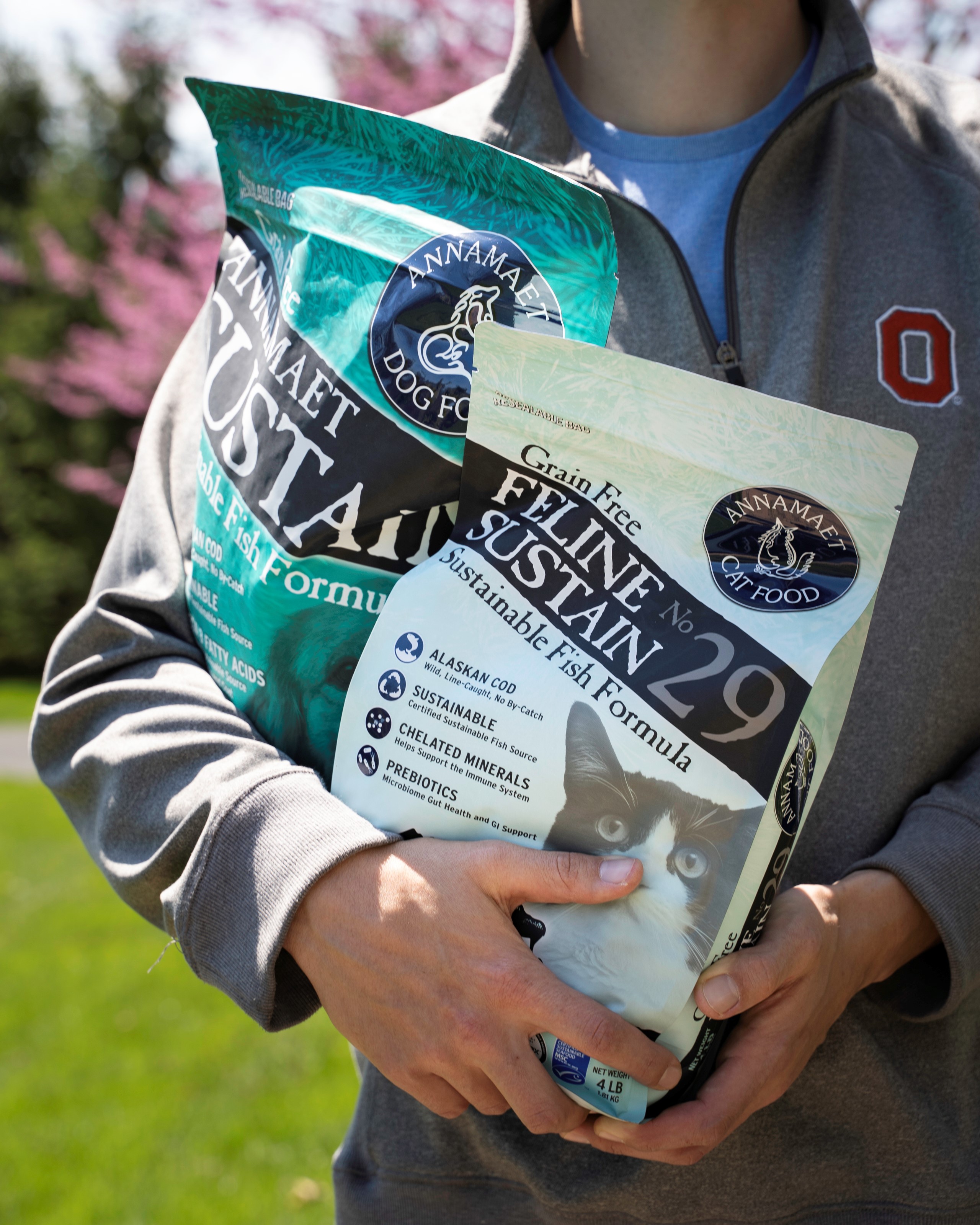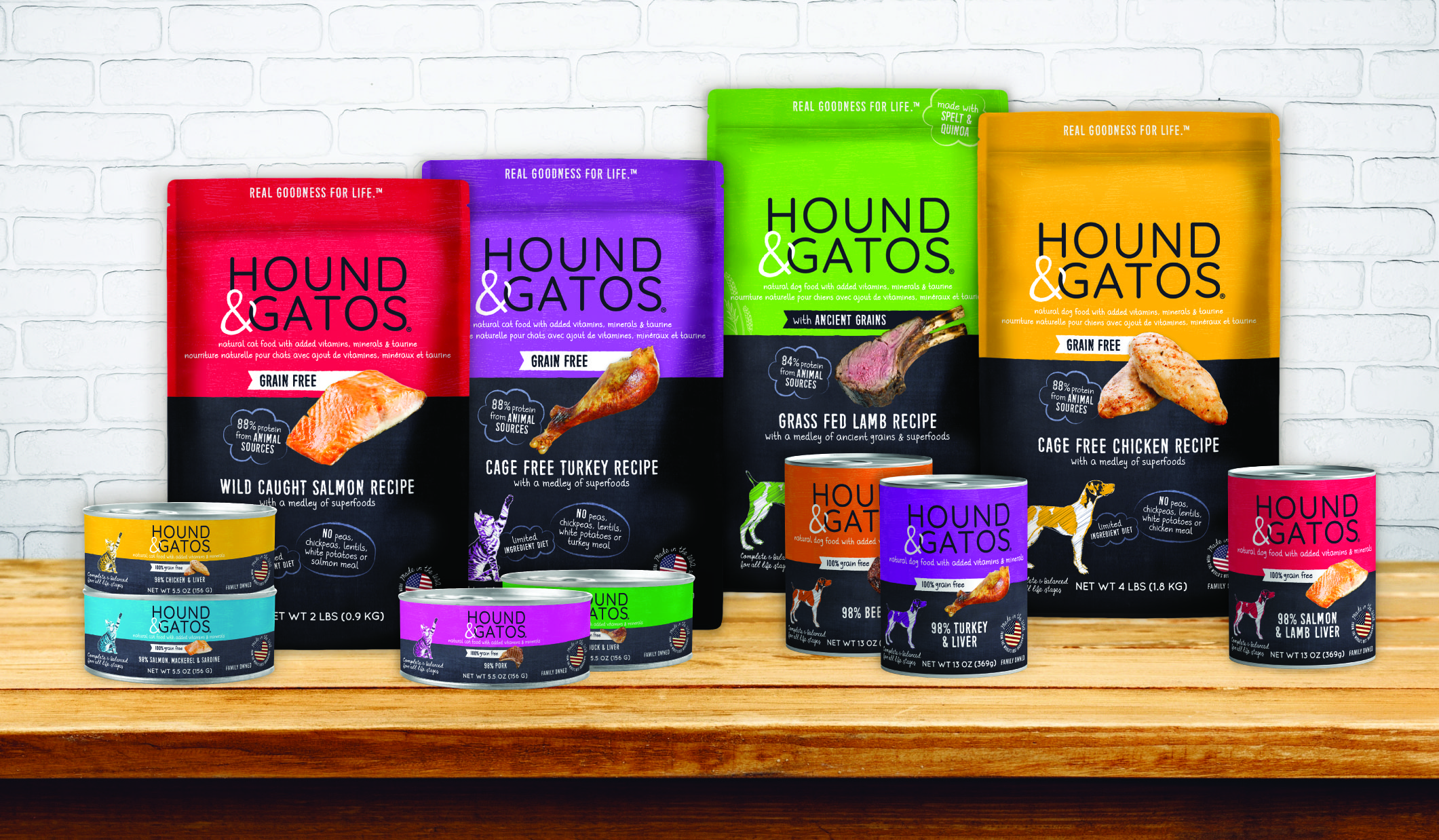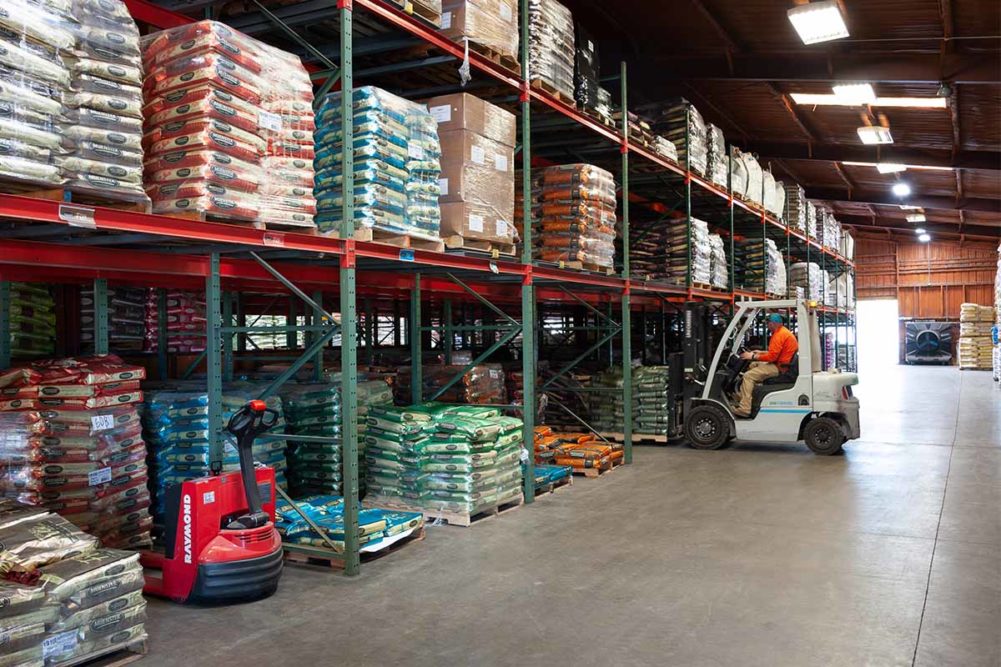This article was published in the December 2021 issue of Pet Food Processing. Read it and other articles from this issue in our December digital edition.
Pet food brands have a host of distribution choices that can greatly impact a brand’s success, especially when some brands are only available in certain channels or are offered in formats that require special supply chain capabilities. It’s vital that a brand has a winning strategy for its distribution channels.
“Product form and production capabilities are important factors to consider when looking at distribution options,” said Kent Cooper, co-owner, ingredients and processing, Evolve Consulting Group, Fremont, Neb. “Specialty products typically cost more to manufacture and, in some cases, require special storage or shipping such as refrigeration that limit distribution options.”
Price point and expected margin are also key factors when considering distribution options.
“Mass distribution requires high-volume, lower price/margin products that must be designed and manufactured accordingly to be competitive in this environment,” Cooper noted. “Brand identity is also necessary to play in the mass distribution model. We factor in our clients’ proposed distribution channel early in the product development cycle to ensure a successful product life cycle.”
Pet food distribution has changed dramatically over the last several years in the United States as many smaller brands are finding that mega distributors are focusing on the big brands and leaving them behind. Selecting distribution avenues is a very important process, and can also be quite an in-depth one.
 Strong distribution partners share in the responsibility to inform and educate consumers, especially for brands offering targeted nutrition solutions. (Source: Evanger’s)
"First you need to seek out the best fit for your brands on a multi-faceted scale based on relationships, geographic territory, work ethic, organization and so much more,” said Holly Sher, owner and president, Evanger’s Dog and Cat Food Company, Markham, Ill. “A lot of research needs to be done on both ends to ensure a successful fit – talking with retailers that work with them, talking to sales reps, talking to leadership. Your end goal in this process is always to strive to form a lifetime partnership.”
Strong distribution partners share in the responsibility to inform and educate consumers, especially for brands offering targeted nutrition solutions. (Source: Evanger’s)
"First you need to seek out the best fit for your brands on a multi-faceted scale based on relationships, geographic territory, work ethic, organization and so much more,” said Holly Sher, owner and president, Evanger’s Dog and Cat Food Company, Markham, Ill. “A lot of research needs to be done on both ends to ensure a successful fit – talking with retailers that work with them, talking to sales reps, talking to leadership. Your end goal in this process is always to strive to form a lifetime partnership.”
Sher said she looks for distributor partners who believe in the company’s products and will take the time to educate retailers and their associates. Dan Markenson, head of retail, Dr. Marty Pets, Los Angeles, noted it ultimately comes down to which retailers will represent the brand in the best light.
“We made a choice to focus on the independent pet specialty channel because we know these partners are passionate about great nutrition and will help their customers make sense of ingredient information, food types (like freeze-dried raw) and what’s new in the industry,” Markenson said. “To service these retailers, we chose Phillips Pet Food & Supplies because they believed in the Dr. Marty philosophy from the start and have a great reputation in the channel.”
Robert Downey, chief executive officer and founder, Annamaet Petfoods, Hatfield, Pa., added it’s important for the company to find partners who share its values and commitment to putting the pet’s nutrition first.
“We look for companies who share our commitment to premium pet nutrition, regardless of their size and distribution coverage,” Downey said. “We have several products that we consider pre-therapeutic — these include formulas that can help with obesity, pancreatitis, and the aging process — so we look for like-minded partners so that we can make these formulas available to pet parents throughout the country.”
Rob Cadenhead, general manager, Gott Pet Products, St. Francis, Wis., the parent company of Hound & Gatos super premium pet food and Charlee Bear natural treats, said it’s important that products are available wherever the company’s targeted customers shop for premium pet food or treats.
 A similar pet nutrition philosophy tops the list of important factors when selecting a distributor. (Source: Annamaet Petfoods)
A similar pet nutrition philosophy tops the list of important factors when selecting a distributor. (Source: Annamaet Petfoods)
“It’s important we carefully review each distribution channel and opportunity, and fine-tune our strategies accordingly,” Cadenhead said. “We firmly believe in forging long-term relationships with all of our distributor partners. We look for distributors that are actively supporting retailers who carry our award-winning food and treat lines.”
Tips for success
There are several options when it comes to distribution. A brand can generally be distributed via the independent pet specialty channel, large pet chains, farm and feed outlets, e-commerce, or food, drug and mass (FDM) channels. As Evanger’s approaches distributors, the processor asks questions such as: “What are your territories?” and “What is the distributor’s reputation among retailers and among other manufacturers?”
“It is key that we don’t dilute an area with distribution,” Sher said. “There are different mentalities for dual distribution, but our success is usually with one large corporate distributor and one family-owned or independent distributor to best serve our retailers in that area and make sure they have options that work best for them to order our products.”
Other key questions companies can ask include “How many reps do you employ?”, “How many food lines do you currently have and which ones?” and “Will the distributor participate in deals with us, or do they put all deals on the vendor?” At Annamaet, Downey shared success in distribution has come from communicating the company’s values and vision to the partners and retailers it works with.
 A comprehensive plan to distribution with a strategic combination of partners can help a brand be more resilient when faced with headwinds. (Source: Sosland Publishing Co.)
A comprehensive plan to distribution with a strategic combination of partners can help a brand be more resilient when faced with headwinds. (Source: Sosland Publishing Co.)
A sound strategy usually involves brand managers staying in constant contact with their key distributors to make sure that everyone’s sales objectives and priorities are aligned.
Making purchases
The landscape of how customers search for and purchase products is always changing and today there are more and more new ways for people to make their purchases.
For instance, in the last few years there has been a strong push for pet owners to subscribe to regular pet food shipments with direct-to-consumer (DTC) subscription models.
“There are always going to be shifts in the market and new trends emerging,” Markenson said. “The independent pet stores are incredibly resilient and are a critical source of knowledge to pet owners in their community. We feel they can continue to grow and we plan to grow with them.”
Markenson said he would like to see distributors add more value to the distribution process to help pet stores thrive. This could be in the form of consumer marketing, better co-creation of websites, direct-to-home delivery or in-store merchandising. Sher said she is hoping and praying that independent distributors continue to emerge as Evanger’s will definitely support them as a partner.
“Running a business isn’t easy and they are up against many obstacles, like competing with online businesses,” Sher said. “It is incredibly difficult, no doubt. But there is room for newcomers in some parts of the country and some retailers are hungry and eager for it.”
A post-pandemic world
After years of strong growth in the industry and especially since the pandemic, Downey noted many independent distributors are cashing out, so there are fewer and fewer smaller independent and family-owned distributors. Still, he has seen many good independent retailers continue to succeed and even thrive in today’s market.
 Product distribution done well results in brand equity and sales volumes that benefit both the brand and the distributor. (Source: Gott Pet Products)
Product distribution done well results in brand equity and sales volumes that benefit both the brand and the distributor. (Source: Gott Pet Products)
“These retailers have benefited from a growing trend in society and pet parents in particular to buy local,” Downey said. “Retailers tell us that they are now seeing customers that they haven’t seen in a long time coming back into the store. With the growing problem of supply chain issues, these trends should continue. A pet parent finds comfort in knowing that the independent retailer they support will keep the products they desire in stock. They don’t want to worry about delayed shipping times for online packages.”
Like other industries, pet food manufacturers have been challenged with supply chain issues particularly in ingredient sourcing and packaging materials but, in spite of that, the industry has continued to report increased sales. Distributors have been a key partner in reducing the impact of supply issues.
“As we learn to work together more constructively and efficiently, there’s virtually no limit to the brand equity we can build and the sales volume we can collectively achieve,” Cadenhead said.
While e-commerce and DTC channels are projected to continue growing, Markenson feels pet brick-and-mortar retail will also flourish in the years ahead.
“The assisted sale and the ‘buy local’ consumer trends should help,” Markenson said. “Offering distinct brands will also allow them to differentiate themselves from big box and other competitors. There is enough growth in the pet industry for all channels to succeed.”
Read more about pet food and treat processing on our Operations page.




